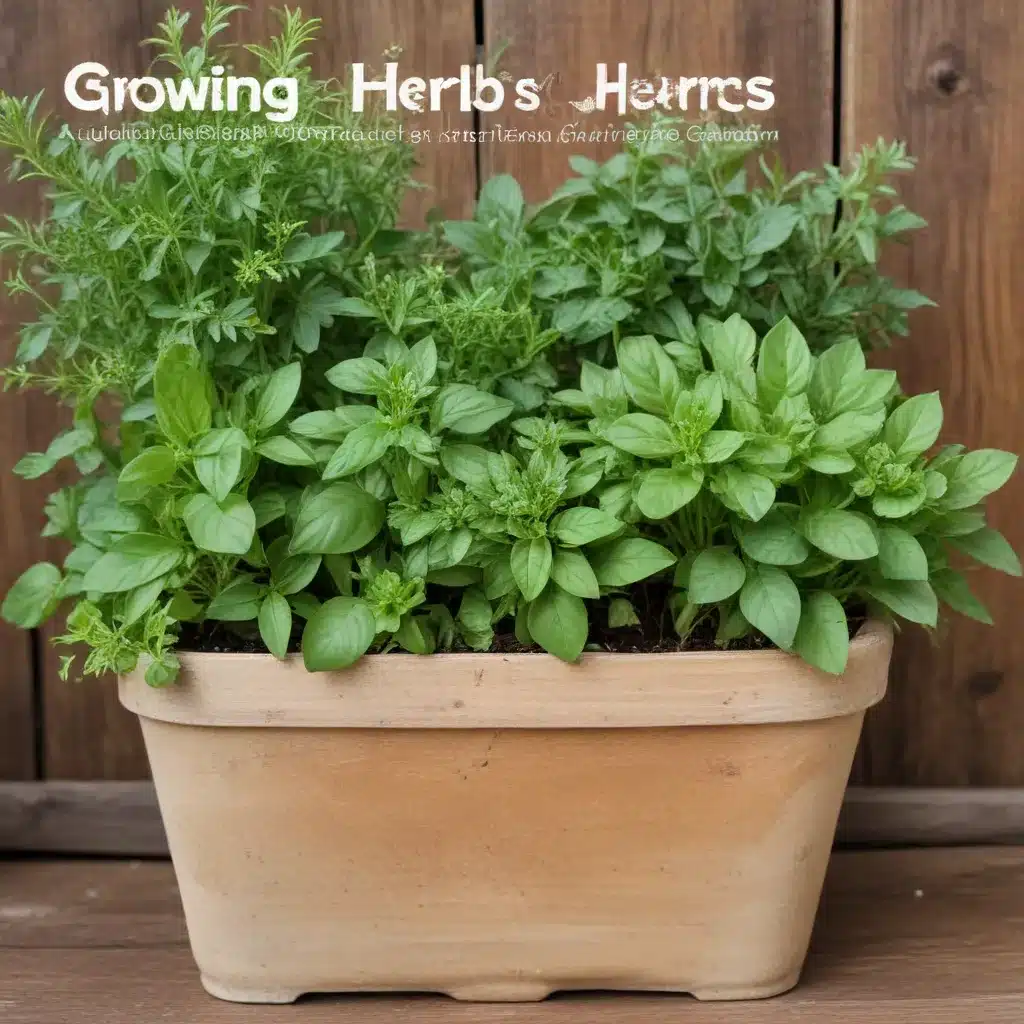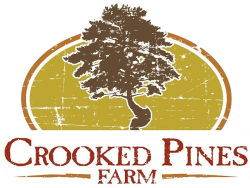
Herbs are one of the easiest and most rewarding plants to grow on the farm. Not only do they provide an abundance of fresh, flavorful ingredients for your farm-to-table recipes, but they also attract beneficial pollinators, offer therapeutic properties for natural remedies, and add vibrant pops of color and texture to your garden. As a farm educator, I’m excited to share my tips for cultivating an herb garden that will thrive in the Crooked Pines Farm environment.
Herb Selection for the Farm
When starting an herb garden, it’s important to choose varieties that are well-suited to your local climate and soil conditions. At Crooked Pines Farm, we have a temperate climate with four distinct seasons, so we focus on growing perennial herbs like rosemary, thyme, sage, and lavender, as well as some annual favorites like basil, cilantro, and dill.
Perennial herbs are particularly valuable, as they return year after year with minimal effort. Many of them, such as oregano and lemon balm, are also hardy and can withstand some frost or light freezing. On the other hand, annuals like basil will need to be replanted each season, but they often provide a quicker harvest.
When selecting herbs, consider factors like sunlight requirements, water needs, and growing habits. Some herbs, like mints, have a tendency to spread aggressively and may require containment. Others, like parsley and cilantro, have taproots that prefer deeper soil. By understanding the unique needs of each herb, you can create the optimal growing conditions for a thriving and diverse herb garden.
Herb Garden Layout and Design
One of the joys of an herb garden is the ability to design a visually appealing and functional space. At Crooked Pines Farm, we like to incorporate our herbs into raised garden beds, where the well-draining soil and controlled environment allow them to truly flourish.
When arranging your herbs, group together plants with similar water and sun requirements. For example, the mint family herbs, like peppermint and spearmint, prefer drier soil and can be planted along the outer edges of the beds, where they’ll receive less moisture. In contrast, herbs like parsley, dill, and chives appreciate more consistent moisture and can be positioned in the center.
Companion planting is another excellent strategy for the herb garden. Certain herbs, such as marigolds and calendula, can help repel pests and attract beneficial insects. You might also consider interplanting your herbs with vegetables or flowers to create a vibrant, diverse garden ecosystem.
Herb Planting and Propagation
When it comes to establishing your herb garden, you have a few options: starting from seed, purchasing transplants, or propagating from cuttings or divisions. Each method has its own advantages, and the best approach will depend on the specific herbs you want to grow.
Many annual herbs, like basil, cilantro, and dill, are best started from seed sown directly in the garden or in seed trays indoors. This allows you to control the growing conditions from the very beginning and ensures a bountiful harvest. For perennial herbs, purchasing healthy transplants from a local nursery can be a great way to get a head start, while propagation techniques like division and layering can help you expand your herb collection over time.
Regardless of your chosen method, pay close attention to the specific needs of each herb during the planting and transplanting process. Some, like rosemary and lavender, prefer well-draining soil and full sun, while others, like parsley and chives, thrive in slightly more moist conditions.
Herb Garden Maintenance
Maintaining a thriving herb garden requires a bit of pruning, watering, and fertilizing throughout the growing season. Regularly harvesting the leaves and flowers of your herbs not only provides you with a constant supply of fresh ingredients, but it also encourages the plants to produce more foliage and blooms.
When watering your herbs, aim to keep the soil consistently moist but not waterlogged. Herbs like oregano and thyme prefer drier conditions, while basil and parsley appreciate more regular watering. Applying a balanced organic fertilizer or compost every few weeks can also help ensure your herbs receive the nutrients they need to thrive.
Pruning your herbs is an important maintenance task that will keep them productive and prevent them from going to seed too quickly. Simply snip off the outer leaves or flower stalks as needed, being careful not to remove more than a third of the plant at a time.
Herb Garden Pest and Disease Management
While herbs are generally quite hardy and resistant to pests and diseases, it’s important to monitor your garden regularly and address any issues that arise. Common herb pests include aphids, spider mites, and caterpillars, which can be controlled through the use of insecticidal soaps, neem oil, or beneficial insects like ladybugs and lacewings.
Fungal diseases, such as powdery mildew and leaf spot, can also occasionally affect herbs. Combat these issues by ensuring proper air circulation, avoiding overhead watering, and applying organic fungicides or baking soda solutions if necessary.
By staying vigilant and employing organic, sustainable practices, you can keep your herb garden thriving and productive throughout the seasons. Remember, healthy plants are often the best defense against pests and diseases.
Harvesting and Preserving Herbs
One of the most rewarding aspects of growing herbs is the ability to harvest them fresh from the garden and incorporate them into your farm-to-table recipes. The optimal time to harvest herbs is typically in the morning, after the dew has dried but before the sun’s heat can wilt the leaves.
When harvesting, use sharp, clean scissors or pruners to snip off the desired leaves or flower heads. Avoid cutting more than a third of the plant at a time to ensure its continued growth and productivity. Herbs can be used fresh or preserved for later use through drying, freezing, or infusing in oils or vinegars.
Drying herbs is a simple and effective way to enjoy their flavors year-round. Hang bunches upside down in a cool, dry place, or use a dehydrator set to a low temperature. Once fully dried, store the herbs in airtight containers or mason jars, away from direct light.
Freezing is another great preservation method, particularly for tender herbs like basil, parsley, and cilantro. Chop the leaves, place them in ice cube trays with a bit of water or olive oil, and freeze. The frozen herb cubes can then be popped out and used as needed in soups, stews, and other dishes.
By mastering the art of herb cultivation and preservation, you’ll have a wealth of fresh, flavorful ingredients at your fingertips to elevate your farm-to-table cooking and create natural remedies for the whole family.
Crooked Pines Farm is dedicated to providing our community with a authentic, enriching farm experience. By growing a vibrant, diverse herb garden, we not only cultivate a bountiful harvest but also inspire our guests to connect with the land and nurture their own green thumbs. Whether you’re a seasoned gardener or a beginner, I hope these tips will help you cultivate a thriving herb garden that brings joy, flavor, and wellness to your farm life.


